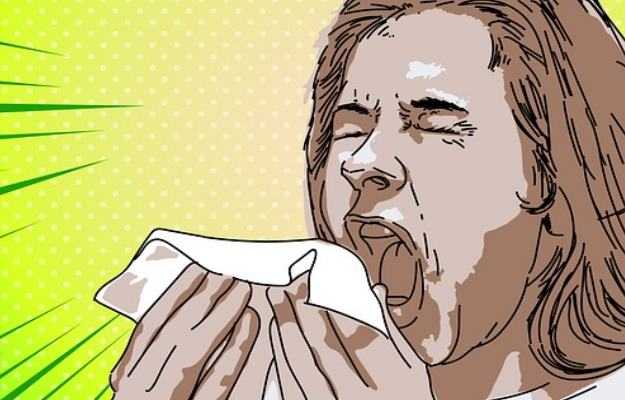What is cryptococcosis?
Cryptococcosis is a fungal infection caused by Cryptococcus species. It spreads to humans by contact with pigeon droppings or unwashed raw fruits. It primarily affects the lungs, brain and meninges (coverings of the brain). In the US, it is usually seen in the age group of 40-60 years. Men tend to be affected more than women. In India, meningeal infection is seen predominantly in HIV patients, and the prevalence was found to be 2.09%.
What are its main signs and symptoms?
Lungs get primarily affected by constant exposure to the fungal elements and present with symptoms such as:
- Cough
- Shortness of breath
- Haemoptysis (coughing up blood)
- Chest pain
- Fever
If meningitis is present, symptoms include:
What are its main causes?
It is mainly caused by a yeast-like fungus called Cryptococcus neoformans. This yeast is mostly found in soil, decayed wood and pigeon or chicken droppings; however, the birds are often not sick. Inhalation of the aerosolised fungal particles causes primary infection, which is mild. It chiefly affects immunocompetent individuals.
Main causes for persistent symptoms include:
- Raised intracranial pressure
- Treatment failure
- Drug resistance
- Other concomitant infections
Other complications include:
- Meningitis
- Recurrent cryptococcus infection
How is it diagnosed and treated?
Healthcare providers diagnose the condition with the help of:
- Medical history
- Physical examination
- Laboratory tests: A tissue sample or body fluids such as blood, cerebrospinal fluid (CSF) or sputum is tested for the presence of Cryptococcus neoformans.
- Chest X-ray or CT scan may be ordered to check the progression of the disease.
- Monitoring of CSF and reduction of increased CSF pressure in the brain
Treatment consists of antifungal therapy given in three phases: induction, consolidation and maintenance phases. Antifungal medications may be prescribed for 6 months or longer. The medicines are given depending on the severity of the infection, the area affected and the immune status of the person. The dose, duration and type of treatment may differ in pregnant women, children and people living in areas with limited resources.
- Induction phase: A short course of the antifungal agent is prescribed.
- Consolidation and maintenance phases: Prolonged therapy reduces the chances of relapses.
- Some may need surgical intervention to remove fungal growths.
Early diagnosis and treatment is needed to reduce morbidity and mortality.
Follow-up:
- Initial clinical response must be assessed for two weeks.
- Regular check-ups can prevent complications in the long run.
















